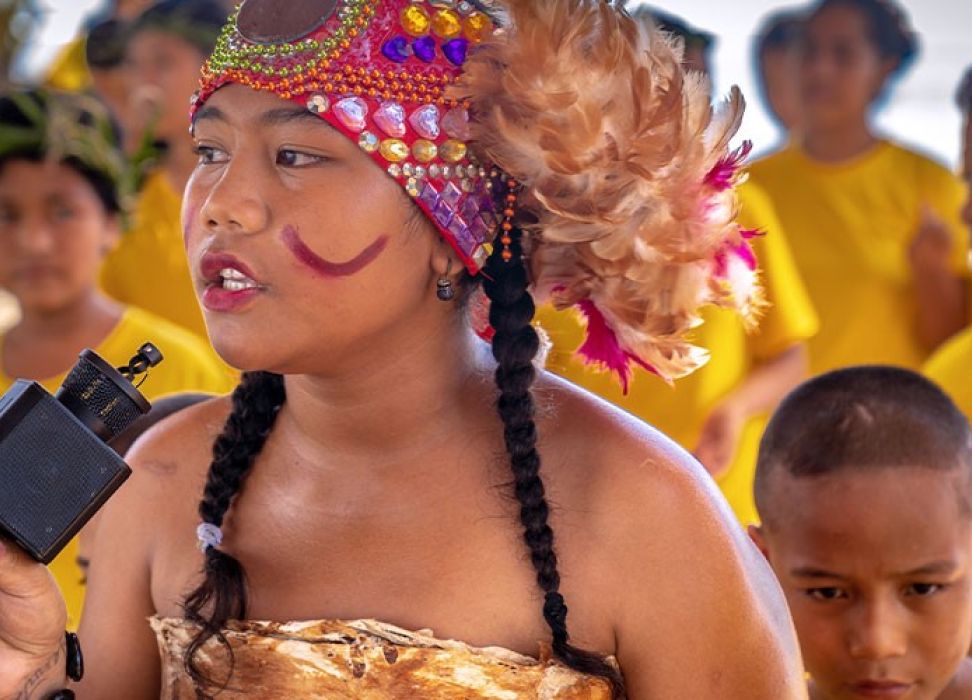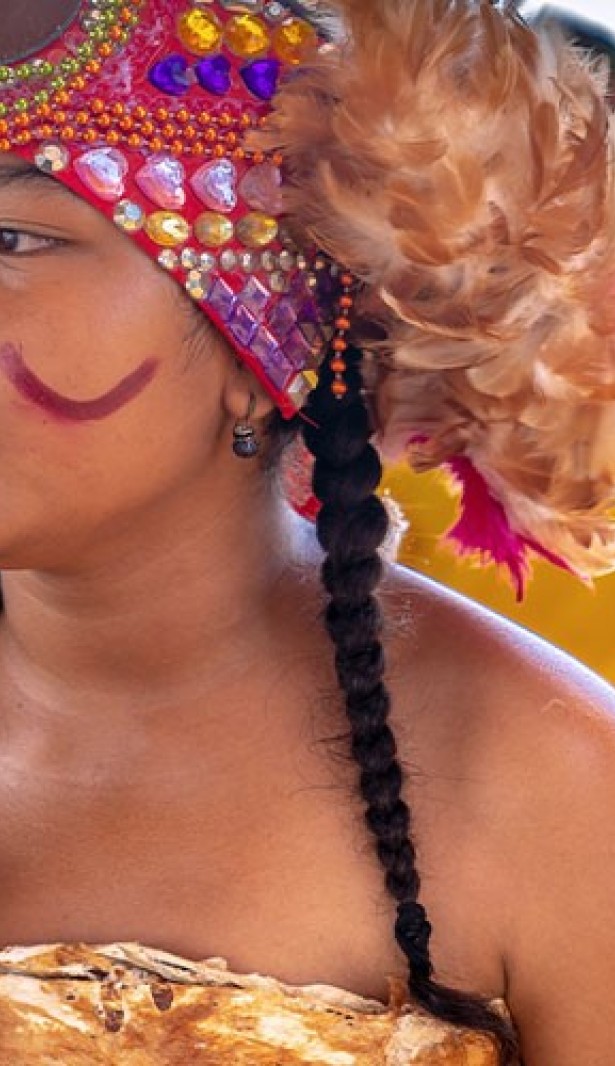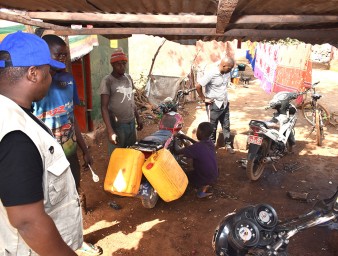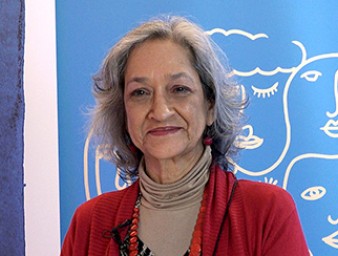Children provide insight and advice at CRC meeting in Samoa
13 March 2020

For children in the Pacific islands, the impact of climate change has had a huge impact on their lives and culture. Rising sea levels are threatening homes, crops and even culture, said Yasminna, a youth environmental activist.
"Rising sea levels are already affecting our island brothers and sisters," said Yasminna from American Samoa. "The island of Kiribati, one of the lowest lying islands, has not only its physical home at stake but its culture due to climate migration. An estimated one in seven relocations in Kiribati is attributed to environmental change. The fact of the matter is that climate has always been changing, but we humans are making it change faster than we can handle."
Yasminna was one of more than 90 young human rights activists attending and speaking before the UN Committee on the Rights of the Child, during its recent meeting in Samoa. The meeting, which took place in early March, was the first time the Committee has met outside Geneva, and was a chance for government officials, UN agencies, civil society and children to discuss the situation of children's rights in the Pacific.
"The session gave the Committee a tremendous opportunity to get a deeper appreciation of the regional context of Pacific islands states," said Committee member Ann Skelton.
The Committee reviews the progress made by States in implementing the Convention on the Rights of the Child. The meeting in Samoa reviewed the situation of children's rights in the Cook Islands, Federated States of Micronesia and Tuvalu.
The Pacific is the region most affected by its remoteness from Geneva, where the Committee usually meets. Since 2016, six of the seven reviews of States from the region were conducted via video-link, with limited participation of civil society, and none from children.
For Princess, 13, a child facilitator for one of the Committee meetings with children, it was good for children to finally have a chance to have their voices heard.
"Normally conferences of this nature are designed for adults," she said. "We are happy to have this opportunity to speak openly, be the main speakers of many events and discussing the issues that affect us the most. It feels amazing."
With 196 parties, the Child Rights Convention is the most universally accepted human rights agreement. Committee Chair Luis Pedernera said he hoped that meeting in Samoa not only enhanced visibility of the Convention in the Pacific, but also inspired children to continue to defend rights in the region.
"For children, we hope that they now understand how much the Committee appreciates their contributions, and that their views are a valuable and necessary part of our work," he said. "I hope this is just the beginning of strong and meaningful participation of children from the region in our work."
Learn more with our videos on the Treaty Body system and on the Child Rights Committee!
13 March 2020




